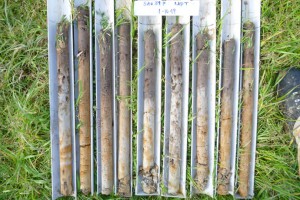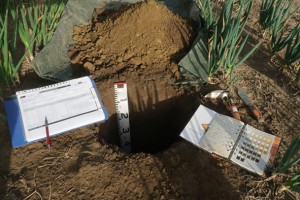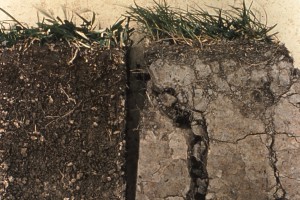Soil health and resilience research
In this section
Research Aim 1 in the Soil health and resilience: Oneone ora, Tangata ora MBIE-funded programme supports a science-based approach which focuses on long term experiments and land use comparisons for measuring the soil system. A range of soil characteristics and land use sequences in a variety of soil types are being measured to understand how different soils change under land use intensification.
References
Bünemann, E. K., Bongiorno, G., Bai, Z., Creamer, R. E., De Deyn, G., de Goede, R., . . . Mäder, P. (2018). Soil quality–A critical review. Soil Biology and Biochemistry, 120, 105-125.
Kibblewhite MG 2018. Soil and soil health: An overview In: Reicosky D ed. Managing soil health for sustainable agriculture. Vol I. Fundamentals. Burleigh Dodds Science Publishing.


